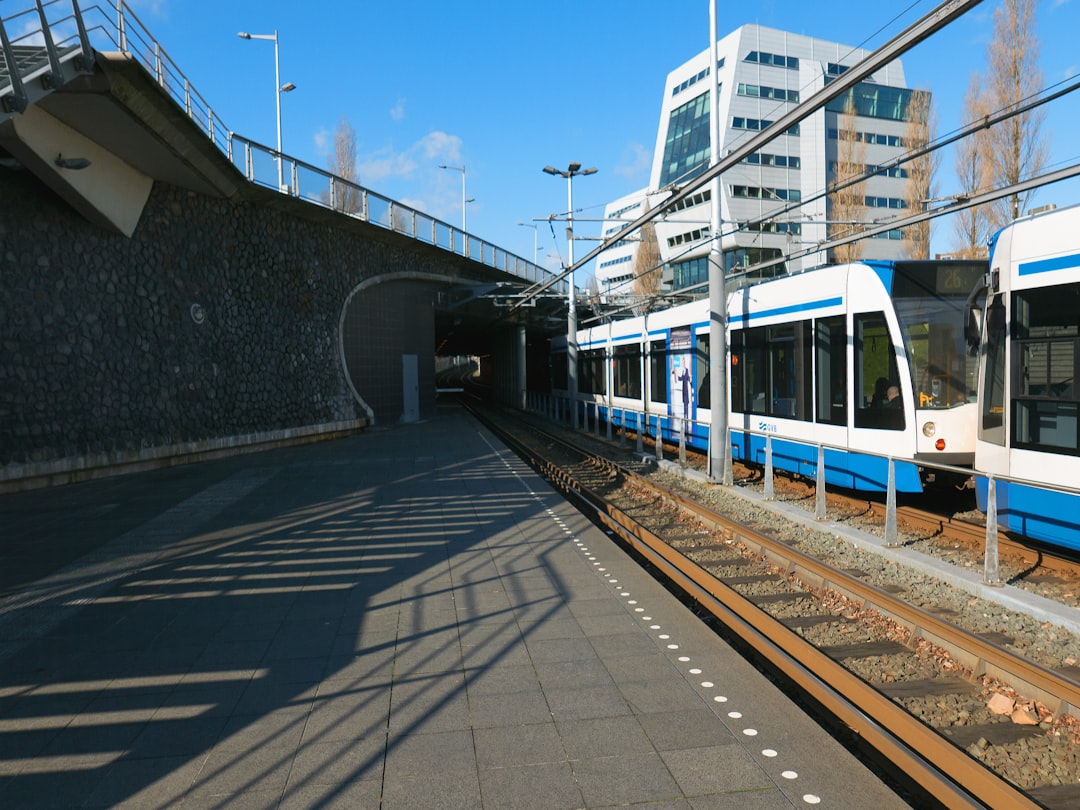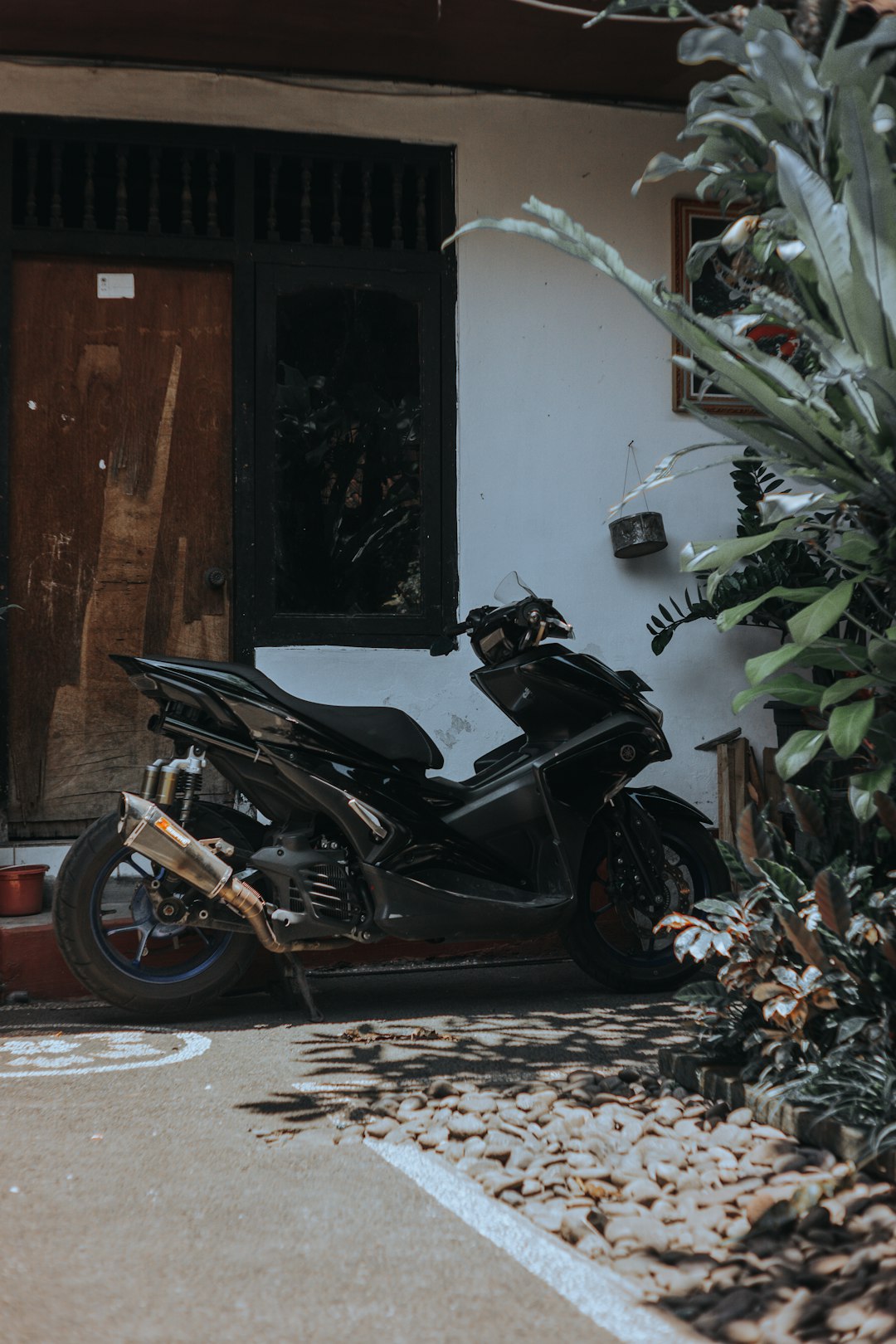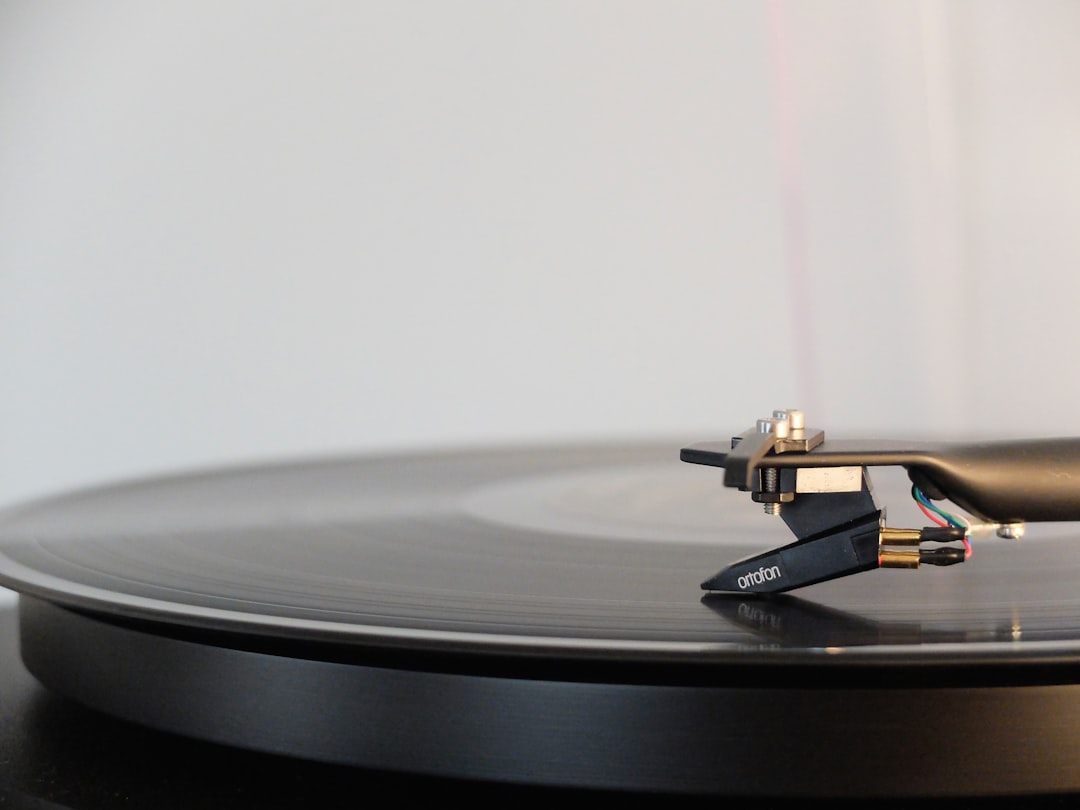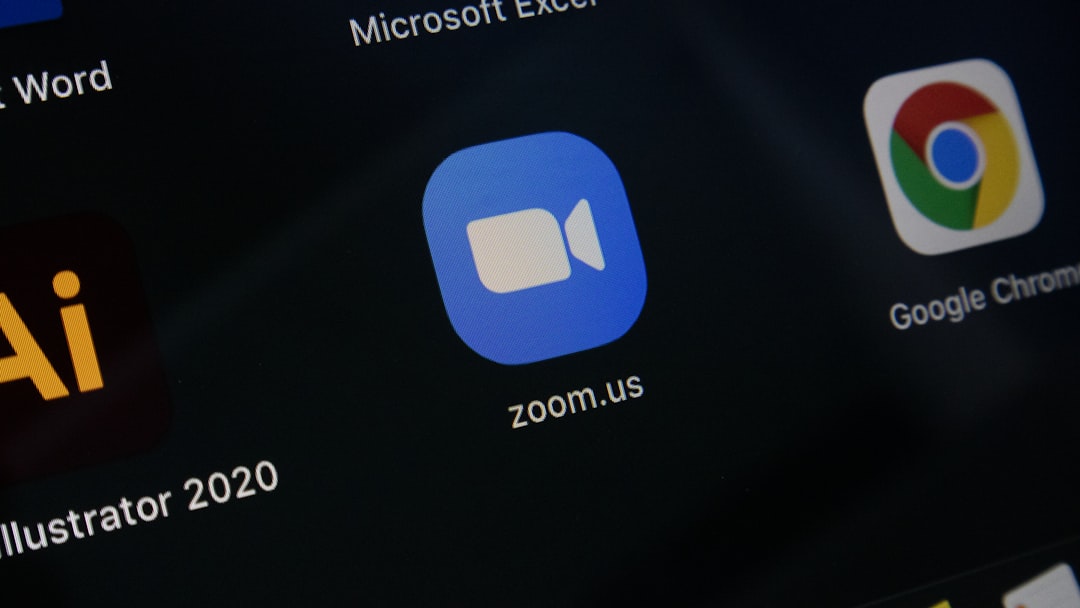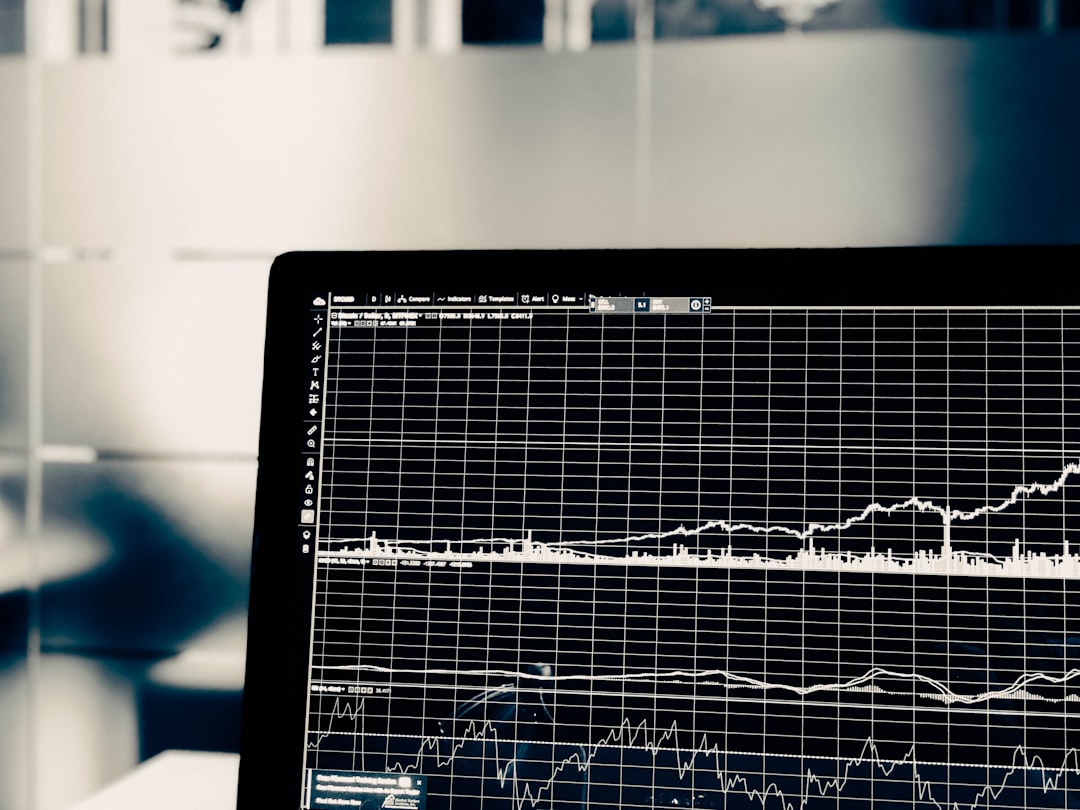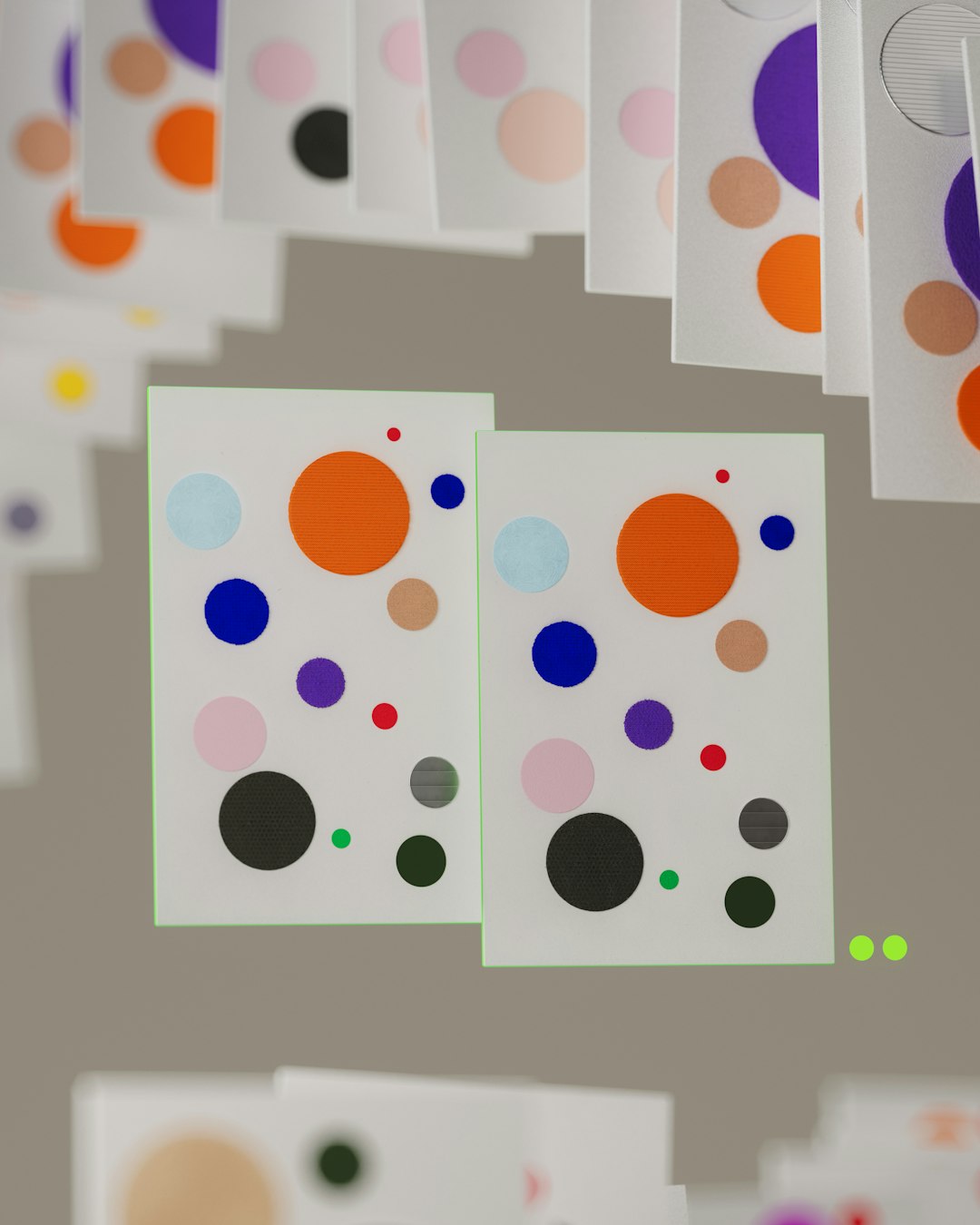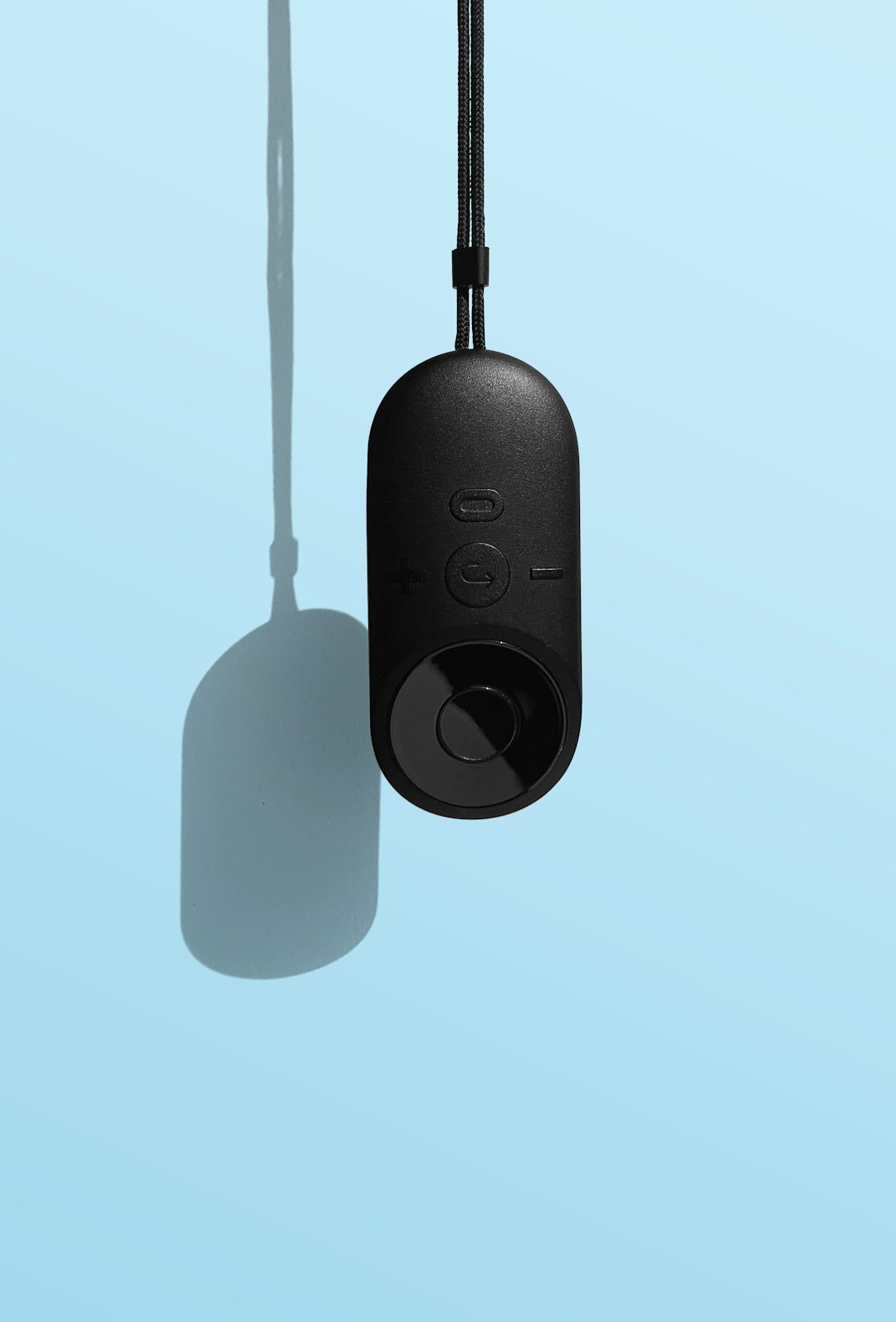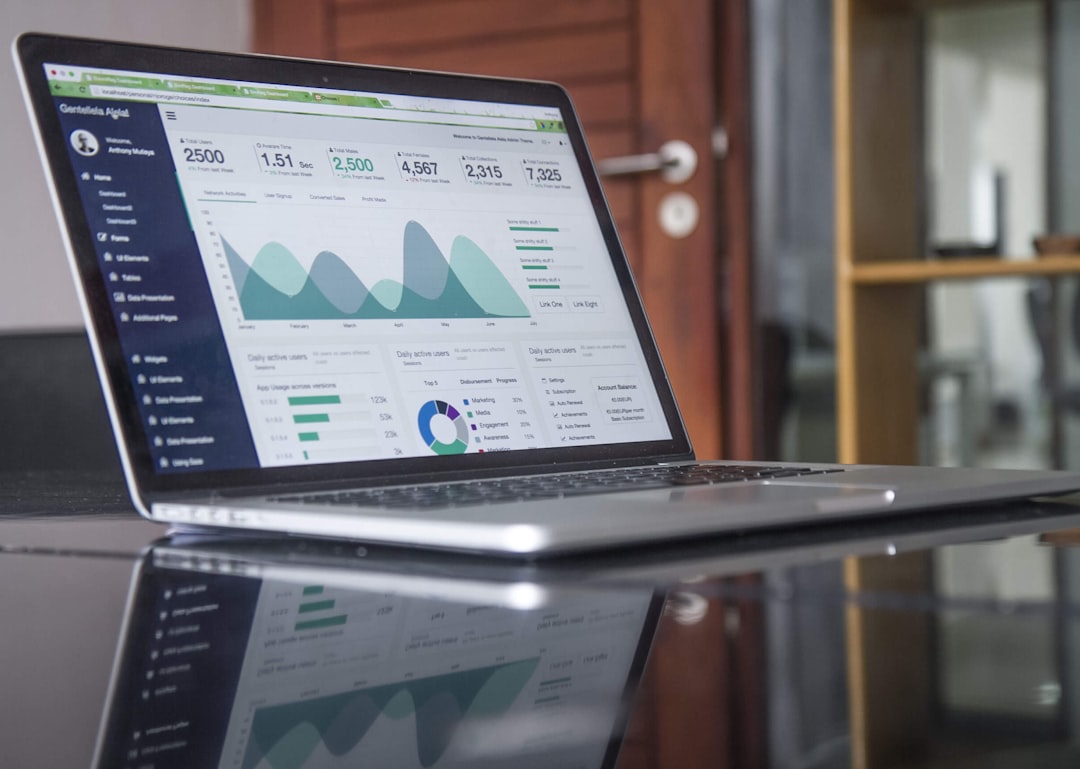Unlock encrypted content
Please enter your SSCE key to initiate on-the-fly decryption.
Decryption key: (Click cancel if you don't have the key)
Copied link to clipboard.
This feature is unavailable for free accounts. Upgrade now and enjoy all Premium benefits.
Go Premium!
This feature is unavailable for free accounts. Upgrade now and enjoy all Premium benefits.
Go Premium!
Please open this page in browser ( Google Chrome or Safari ) to use this feature.
Open In Browser
Lidar Technology: Revolutionizing Data Management and Real-time Synchronization
Random related video for this blog.
Copied share link to clipboard.
With its ability to capture detailed 3D information about objects and environments, Lidar has opened up new possibilities in fields such as autonomous vehicles, robotics, and immersive media. In this article, we will explore the potential of Lidar technology and its applications in data storage, synchronization, and security.
Immersive Media and Lidar Technology
Immersive media, including virtual reality (VR) and augmented reality (AR), relies on accurate and real-time data capture to create truly immersive experiences. Lidar plays a crucial role in this domain by providing precise depth information, enabling the creation of realistic virtual environments. By using Lidar sensors, VR and AR devices can accurately track the user's position and movements, enhancing the overall immersion and interactivity. For example, Lidar technology can be used to scan real-world locations and recreate them in virtual environments. This allows users to explore virtual versions of real places with a high level of accuracy and detail. Architects and urban planners can leverage this technology to visualize and analyze their designs in a virtual space before executing them in the real world. Similarly, Lidar can be used in the gaming industry to create more realistic and interactive virtual worlds.Data Management and Real-time Synchronization
One of the key challenges in data management is efficient storage and synchronization of large volumes of data. Lidar technology, with its ability to capture detailed 3D point cloud data, presents unique challenges and opportunities in this regard. Traditional storage solutions may struggle to handle the vast amount of data generated by Lidar sensors. This is where cloud storage providers like FileLu come into play. FileLu offers secure and scalable cloud storage solutions specifically designed to handle large files and real-time data synchronization. With FileLu's cloud storage, users can easily upload, backup, and stream Lidar data, ensuring seamless access and collaborationacross devices and locations. Real-time data synchronization is particularly important in applications where multiple Lidar sensors are deployed simultaneously, such as autonomous vehicles and robotics. With FileLu's real-time synchronization capabilities, Lidar data from different sensors can be instantly combined and processed, enabling efficient and accurate decision-making in real-time scenarios.
Secure Data Management with FileLu
Data security is a top priority in today's digital landscape, and Lidar data is no exception. FileLu offers robust security features to ensure the confidentiality and integrity of your Lidar data. With a secure account that includes two-factor authentication (2FA), PIN, lock, and a strong password encrypted using SHA-256, FileLu ensures that only authorized users can access and manage your sensitive data. Additionally, FileLu's encryption file sharing feature allows you to securely share Lidar data with collaborators or clients. The data is encrypted during transit and at rest, providing an extra layer of protection against unauthorized access. This is particularly vital when dealing with sensitive data in industries such as defense, healthcare, and finance. In conclusion, Lidar technology has revolutionized data management, real-time synchronization, and computer vision. Its applications in immersive media, data storage, and synchronization are transforming various industries. With FileLu's secure and scalable cloud storage solutions, users can efficiently manage and synchronize Lidar data, ensuring seamless collaboration and data security. Whether you are an architect, a robotics engineer, or a VR enthusiast, Lidar technology and FileLu's cloud storage can provide the tools and infrastructure needed to unlock the full potential of your projects.Frequently Asked Questions (FAQs)
Question: How does Lidar technology work? Answer:
Lidar technology uses lasers to emit light pulses and measures the time it takes for the pulses to return after bouncing off objects. By analyzing the time and intensity of the returned pulses, Lidar sensors can create detailed 3D maps of the surrounding environment.
Question: Can Lidar be used in other industries apart from autonomous vehicles and immersive media? Answer:
Yes, Lidar technology has applications in various industries. It is used in agriculture for crop monitoring, in forestry for mapping and monitoring forest resources, in archaeology for site mapping and excavation planning, and in construction for site planning and progress monitoring, among others.
Question: How does FileLu's real-time synchronization work? Answer:
FileLu's real-time synchronization feature ensures that any changes made to Lidar data in one location are instantly reflected in all other connected devices or accounts. This allows for seamless collaboration and real-time decision-making in scenarios where multiple Lidar sensors are deployed.
Question: Can I use FileLu's cloud storage for other types of data apart from Lidar? Answer:
Absolutely! FileLu's cloud storage is designed to handle all types of data, including documents, photos, videos, and more. Whether you are a professional or an individual user, FileLu offers scalable storage plans to suit your needs.
Case Study: Enhancing Autonomous Vehicles with Lidar and FileLu One of the most promising applications of Lidar technology is in autonomous vehicles. Lidar sensors provide a 360-degree view of the vehicle's surroundings, enabling precise object detection and localization. By combining Lidar data with other sensor inputs, such as cameras and radar, autonomous vehicles can navigate safely and make real-time decisions. In this case study, a leading autonomous vehicle manufacturer integrated Lidar sensors into their fleet of self-driving cars. To efficiently manage the vast amount of Lidar data generated by each vehicle, they partnered with FileLu's cloud storage. FileLu's cloud storage provided the necessary infrastructure for storing, synchronizing, and analyzing Lidar data in real-time. The manufacturer leveraged FileLu's real-time synchronization feature to ensure that Lidar data from multiple vehicles was instantly combined and processed. This allowed for accurate and up-to-date mapping of the surrounding environment, enhancing the vehicles' perception and decision-making capabilities. Furthermore, FileLu's secure account features, such as two-factor authentication and encryption file sharing, provided the necessary data security and confidentiality for the manufacturer's sensitive Lidar data. This was particularly crucial as autonomous vehicles handle large amounts of personal and location data. By leveraging Lidar technology and FileLu's cloud storage, the autonomous vehicle manufacturer was able to enhance the safety, efficiency, and reliability of their self-driving cars. The combination of precise Lidar data and real-time synchronization capabilities ensured that the vehicles could navigate complex environments and adapt to changing road conditions. In conclusion, the integration of Lidar technology and FileLu's cloud storage proved to be a winning combination for the autonomous vehicle manufacturer. The partnership enabled efficient data management, real-time synchronization, and secure storage of Lidar data, ultimately enhancing the performance of their self-driving cars.
By Amelia Isabella
Email: [email protected]
Related
Efficient File Manager System: Preview All Photos, Docs, Spreadsheets, and...
June 24, 2023
Read More
<h2>Unmanned Aerial Vehicle (UAV) Data Analytics: Revolutionizing Industries</h2>
June 24, 2023
Read More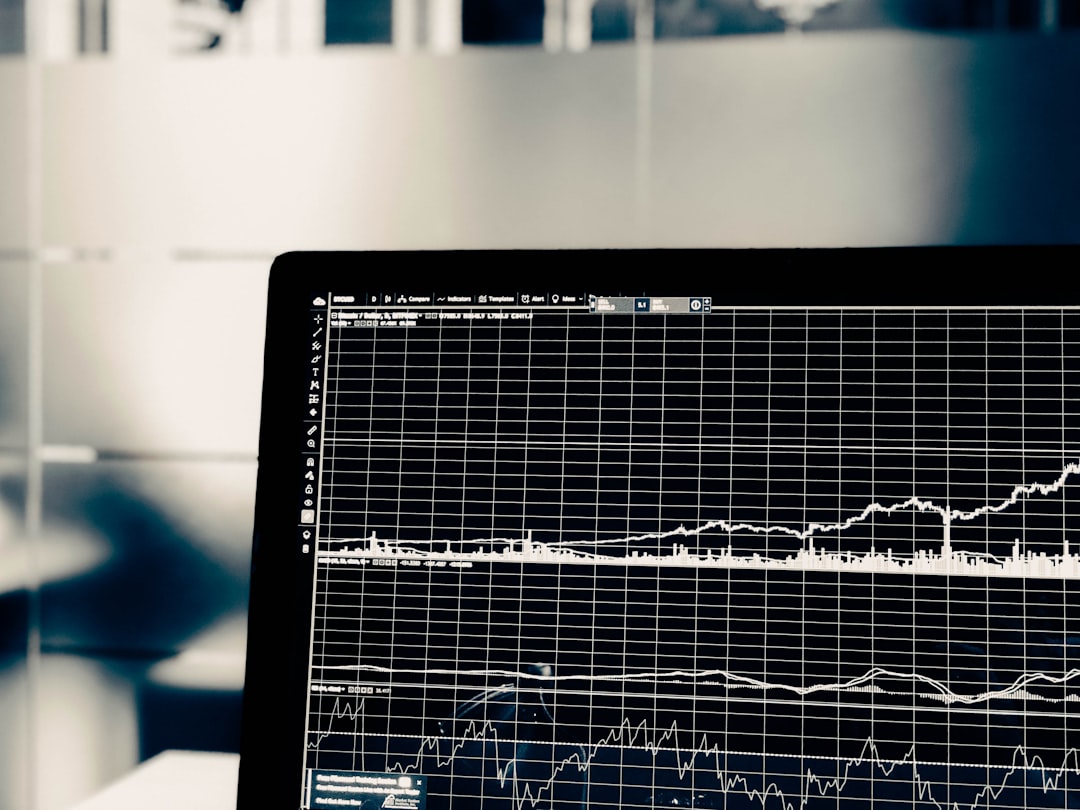
Nanotechnology: Paving the Way for Futuristic Gadgets and Advanced Storage...
June 24, 2023
Read More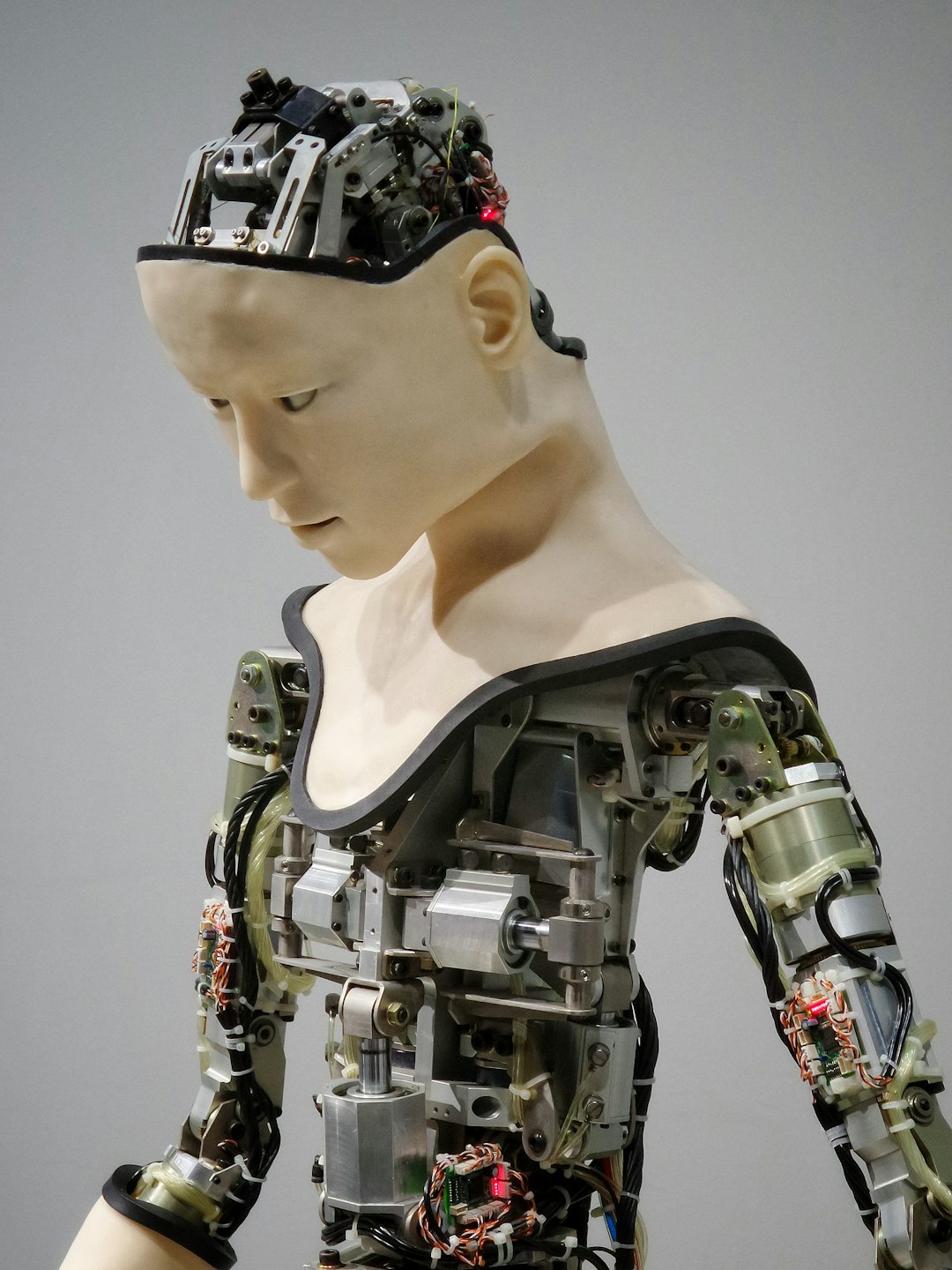
Cloud Computing Services: A Comprehensive Guide to File Accessibility and...
June 24, 2023
Read More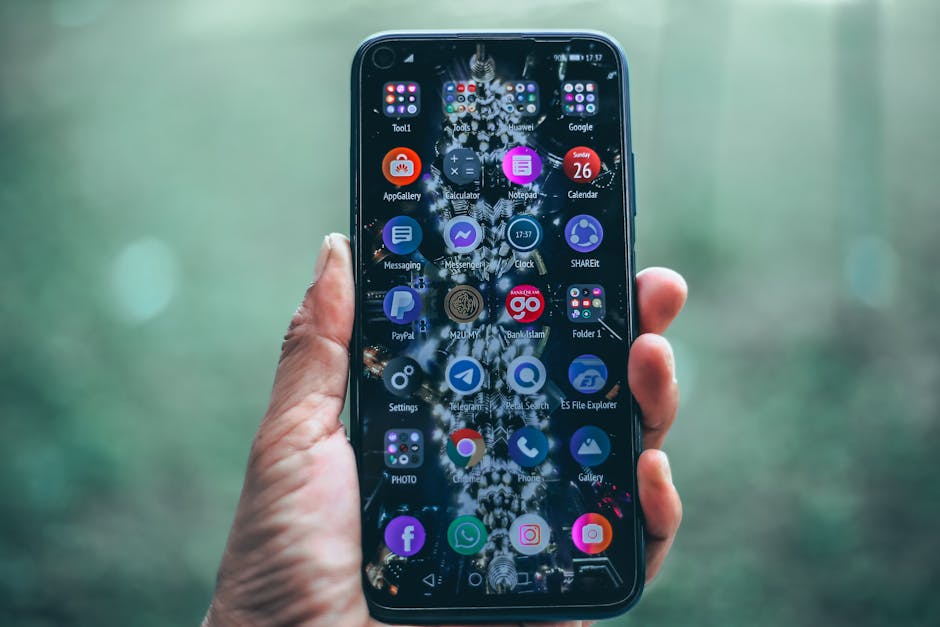
Nanotechnology Data Storage: Unlocking the Potential of Cloud-Based File Editing...
June 24, 2023
Read More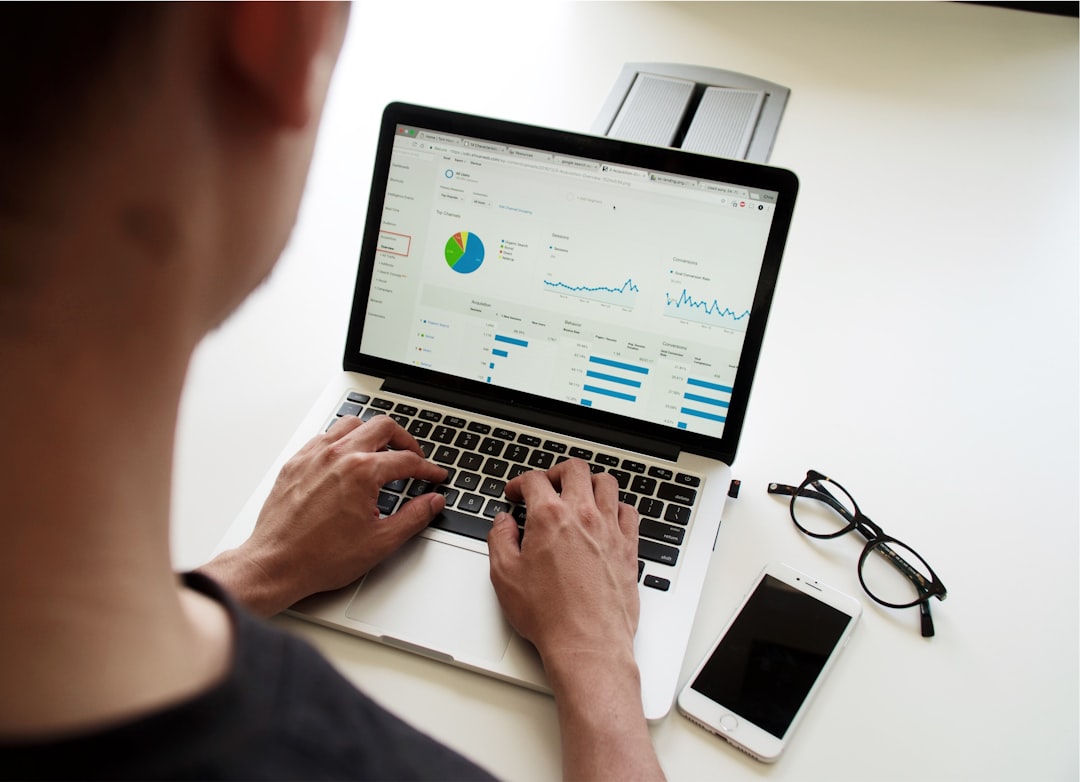
Popular
The Future of Technology: Exploring Biohacking, Space Tourism, and Digital...
November 23, 2025
Read More
Exploring the Benefits of Cloud Storage and Innovative Technologies in...
November 26, 2025
Read More
The Future of Digital Transformation: Exploring Smart Homes, Efficient File...
November 30, 2025
Read More
Latest
The Future of Digital Transformation: Exploring Smart Homes, Efficient File...
November 30, 2025
Read More
Exploring the Benefits of Cloud Storage and Innovative Technologies in...
November 26, 2025
Read More
The Future of Technology: Exploring Biohacking, Space Tourism, and Digital...
November 23, 2025
Read More
The Future of File Sharing: Streamlined Workflows for Photographers and...
November 19, 2025
Read More
Exploring the Intersection of Technology: From Cybersecurity to Augmented Reality...
November 16, 2025
Read More
The Future of File Management: Embracing Edge Computing and Efficient...
November 12, 2025
Read More
The Future of File Sharing: Exploring User-Friendly Solutions and Data...
November 5, 2025
Read More
The Future of Cloud Storage: How FileLu Empowers Creative Professionals...
November 2, 2025
Read More
The Future of Autonomous Technologies: Innovations in Robotics, File Sharing,...
October 29, 2025
Read More
Emerging Technologies Revolutionizing File Management: From Li-Fi to Robust Collaboration...
October 26, 2025
Read More
Emerging Technologies: Exploring the Impact of File Access Auditing, Genetic...
October 19, 2025
Read More
The Future of Data Storage: Exploring Advanced Encryption, Mobile Integration,...
October 5, 2025
Read More
Exploring the Future of Data Management: Security, Efficiency, and Cognitive...
September 28, 2025
Read More
Revolutionizing Data Management: Innovations in Storage, Security, and Sustainable Technology.
September 24, 2025
Read More

